Last updated on January 04th, 2023
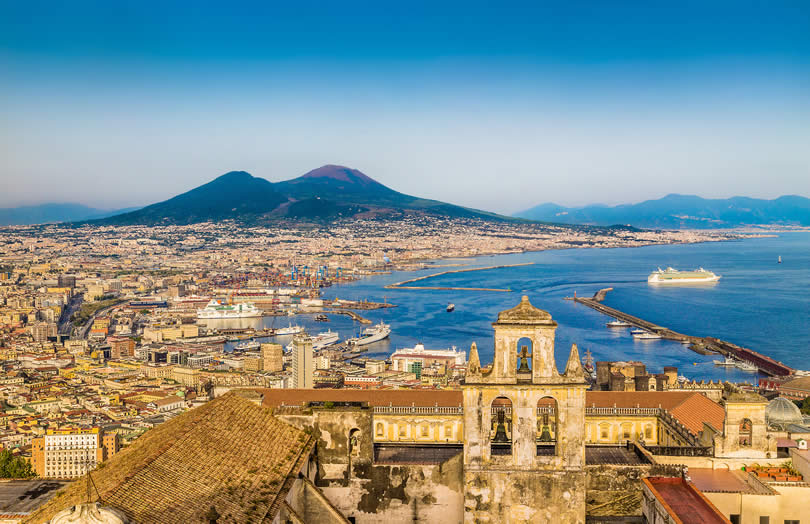
Naples is the best combination of Italian culture, food, nature and history. It enjoys good weather for the better part of the year and has a volcanic mountain as its neighbour. There are various neighbourhoods where you can stay and enjoy your next vacation.
Centro Storico is also known as the historical centre of the city. It boasts of 448 historical monuments and a whole lot of amazing things to see. You will enjoy great winding lanes, underground Greco-Roman ruins, baroque churches and the amazing Spaccanapoli shopping street.
Chiaia neighbourhood is situated along the coastline. It is a great place for a night out or shopping. Most hotel rooms here are large and offer great sea views. There are also roof terraces in many hotels.
Port of Naples is one of the busiest in the Mediterranean. In spite of this, it is a great place for trips to other places like Capri. It is also close to the historical places of the town. There are historical churches, decadent palaces and the San Carlo opera house nearby.
Vomero is the central part of the town and is famous for its hills. This is unusual for a city that is said to be a coastal town. The neighbourhood is home to most of the middle-class citizens of the town. Therefore, you are likely to find quality offers at reasonable prices. There is also a historic market, international food franchises and a vibrant nightlife.
If you plan to travel by train, staying near Central Station is your best bet. You can also use the Napoli Piazza Garibaldi underground train to get around the city. You can reach other neighbourhoods with ease as you enjoy great food and coffee in the area.
Posilipo is known for its wealthy residents since the times of the Roman kingdom. It is calmer than other parts of the city. The Italian president’s residence is also in the neighbourhood. You will come across villas built as early as the 1640s. There is an archaeological park where an imperial villa as old as 2,000 years stands.
What’s the best area to experience the city for the first time, tourists, what’s the best district for beach and seaside, or where to stay on a budget? Read on below to find out more best neighbourhoods to stay in Naples Italy.
Quick Overview – Contents
What is the Best Place & Area to Stay in Naples?
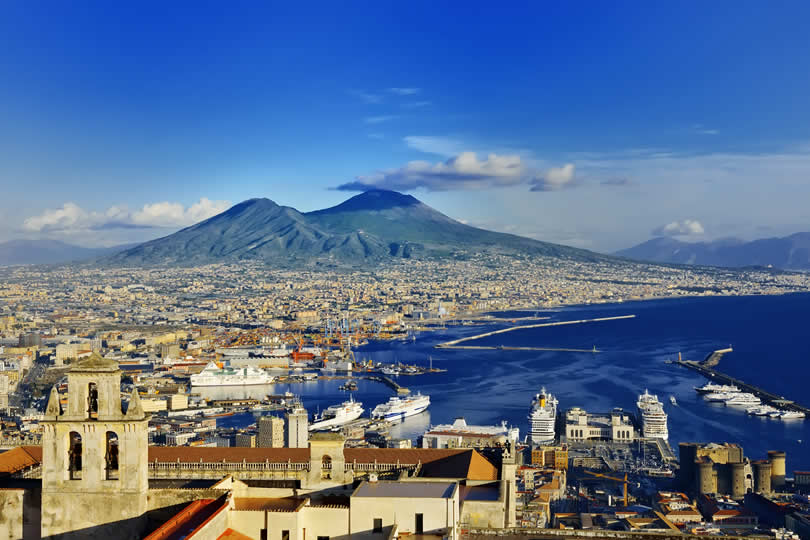
Best for First Time (Sightseeing): Lungomare Caracciolo, Naples Historical City Centre, Chiaia, Plebiscito
If you are staying here for the first time, consider staying in Naples Historical Centre, Chiaia, Lungomare Caracciolo or Plebiscito. Chiaia gives you access to the sea and the best shopping malls as well as restaurants, Naples Historical Centre is a great place to learn Roma history and culture. On the other hand, Plebiscito is a public square surrounded by historical monuments. Lungomare Caracciolo is a picturesque coastal area that gives you great views of Capri, Casteldell’Ovo and Vesuvius.
Where to Stay in Naples City Centre
- Best Luxury Hotels in Naples
Grand Hotel Vesuvio • Grand Hotel Parker’s - Best Great Value – Top Rated Hotels
Residenza San Ferdinando • Il Tesoro Smart Suite & SPA - Best Cheap Hotels in Naples
Hotel Europeo Napoli • Hotel Piazza Bellini & Apartments - Best Bed & Breakfast
PizzaSleep B&B • Ovo – Slow Travel - Best Budget Hostels
NeapolitanTrips Hostel & Bar • Art Hostel
Best Areas to Stay in Naples
Best places to stay in Naples for romantic trip? Bed and Breakfast or Small Boutique Hotel or Luxury Hotel
You have various accommodation alternatives if you are in Naples for a romantic trip. If you are on a tight budget, you will get quality accommodation in a B&B hotel. Most of them have Wi-Fi and free TV. You can also stay in a luxury hotel or a small boutique hotel. These hotels offer all basic amenities with some having spas, awesome dish choices and bars. If you have the cash to splash, book a luxury hotel room. You will stay in a luxurious suite, fully furnished and enjoy 5-star service.
What’s the best neighbourhood in Naples for beach & seaside? Chiaia, Lungomare or Posilipo
If you come to enjoy Naples warm beaches, consider staying at Chiaia, Lungomare or Posilipo. Chiaia offers awesome beaches and great shopping malls. Posillipo offers exclusive beaches for a romantic getaway while Lungomare offers relaxing, quiet beaches at the seafront. You can also visit the enchanting town of Capri from this neighbourhood. Posilipo is home to most luxury hotels by the sea.
Best neighborhood in Naples when travelling by train? Central Station area
If you plan to visit parts of Naples and other towns via the train, consider staying near the Central Station area. Here, you have easy access to the train and the underground station connecting many districts of the city. You will also get accommodation at reasonable prices. The neighbourhood is known for its superb coffee bars and genera calmness.
What’s the best area to stay in Naples for ferries to Capri/Ischia? Port of Naples
Ischia is a charming volcanic island in the Tyrrhenian Sea, about 30 kilometres from Naples. It has awesome historical castles, fortresses and superb hiking landscapes. Capri is a lush green island located by Tyrrhenian. The island is famous for its natural beauty, amazing cuisine and sea excursions. From the Port of Naples, you can reach these areas with ease via a cruise ship or ferry rides. Therefore, if planning to visit them, consider a stay by the busiest port in Naples.
Where to stay in Naples on a budget? Central Station area
If you are on a visit to Naples, Italy, on a shoestring budget, consider staying in the Central Station area. The area hosts several cheap business and boutique hotels. It also less visited by tourists making amenities and eateries cheaper than most of the other areas in the city. Besides, you can access most of the other places in the city via a train rather than expensive means such as a taxi.
The 4 Best Neighbourhoods in Naples (Napoli) for Tourists
1. Lungomare Caracciolo
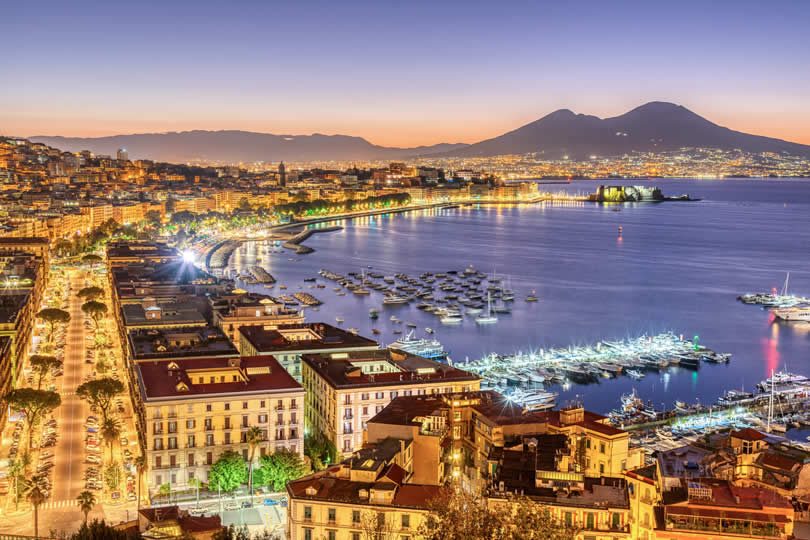
Lungomare Caracciolo is one of the most picturesque parts of Naples. Enjoy a walk by the aqua blue water of the sea while enjoying the lush green compounds of many properties. From here, you can see and access the Vesuvius (see hotels), Castel dell’Ovo and the Island of Capri.
You also visit Villa Comunale and enjoy lush green areas. There are several bars pizzerias and outdoor eateries. It also has a pristine coastline where you can sunbathe and relax on the beach.
- Best Hotels (Great Value): Eurostars Hotel Excelsior • Grand Hotel Santa Lucia
- Best Cheap / Affordable Hotels: Rex Lifestyle Hotel • Hotel Transatlantico
2. Historical City Centre (Centro Storico or Old Town)
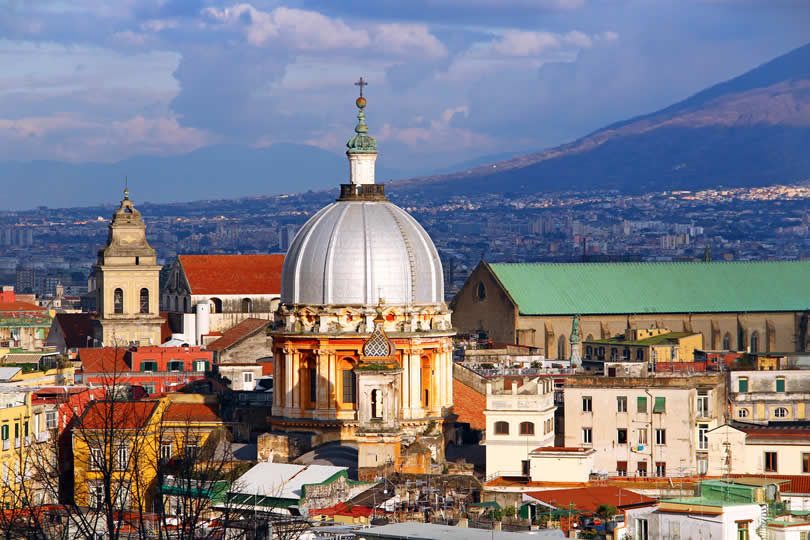
A great number of monuments in Naples are concentrated around the historical centre of the city. With over 448 historical monuments and great 16th-century architecture, this is a historical traveller’s paradise.
The Old Town has many hotels housed in old houses. You will love the intricate decorations with tiles, murals and 18th-century mirrors. Most of the rooms were designed to receive as much natural light as possible. You also enjoy quality dishes from various parts of the world.
- Best Hotels (Great Value): Santa Chiara Boutique Hotel • Palazzo d’Auria ApartHotel
- Best Cheap / Affordable Hotels: Correra 241 Lifestyle Hotel • Airone Hotel
3. Chiaia
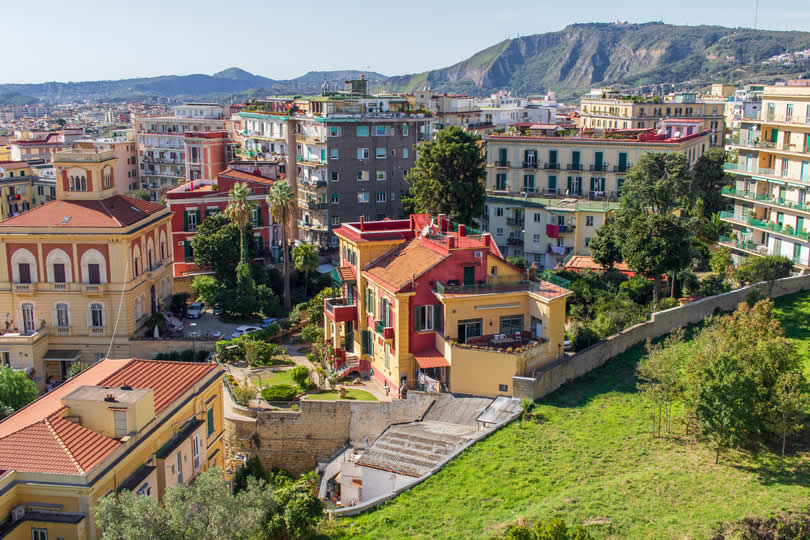
Chiaia is an upscale neighbourhood by the sea. It is home to some of the most famous fashion brands in the city. There are also several malls where you can go shopping. When it is time to go home, you can pick a souvenir in one of the antique stalls.
Besides, it boasts of expansive beaches for water games and sunbathing. You may stay in one of the many 4-star and 5-star hotels by the seafront.
- Best Hotels (Great Value): Boutique Hotel Metro 900 • Exe Majestic
- Best Cheap / Affordable Hotels: Barbarella Home • Pinto Storey Hotel
4. Plebiscito
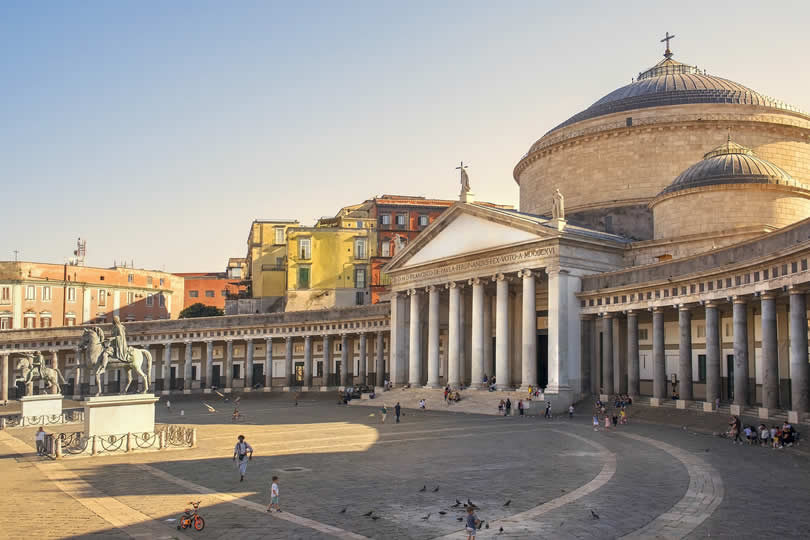
Plebiscito is a historic area in central Naples. It houses the Piazza del Plebiscito, a large public square that was named after a plebiscite allegedly taken in 1860 and brought Naples under the Kingdom of Italy.
It is also home to the royal place, Galleria Umberto I and the monument of Charles VII of Naples. It is a great historical place to stay and is less crowded than other historical areas such as the old town.
- Best Hotels (Great Value): NapoliMia Hotel • Caruso Place Boutique & Wellness Suites
- Best Cheap / Affordable Hotels: Hotel Il Convento • Hotel Principe Napolit’amo
Italy
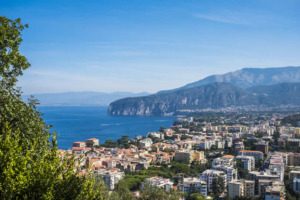

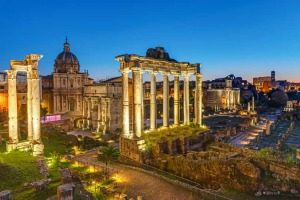
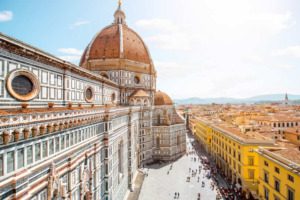
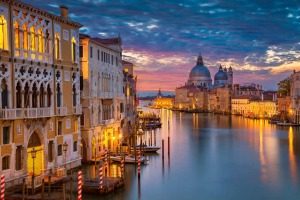


Share this page